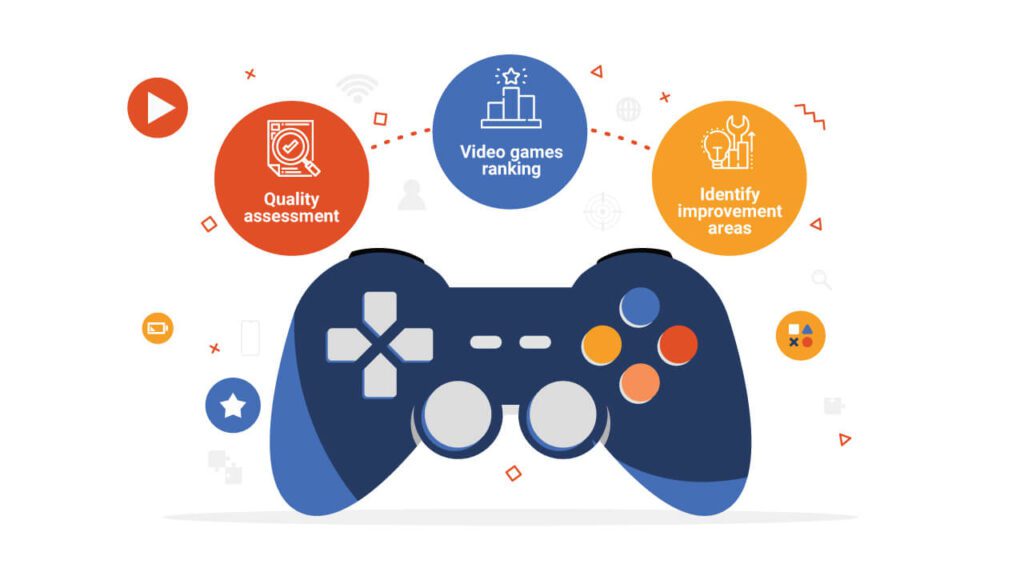Creating balanced gameplay is essential for the success of a game. To achieve this, game developers need to understand the game mechanics, use an iterative design process, benchmark and test, incorporate player feedback, and create a comprehensive balance where all game elements are relevant and effective. The gameplay of a game must be continuously reviewed and refined to ensure an immersive experience for players. Getting feedback early in the development cycle is crucial since it can help developers identify potential issues before it is too late to make changes. Achieving balanced gameplay requires a thorough and continuous effort.
Creating Balanced Gameplay: A Guide for Game Developers
Introduction
Game development is a challenging process that involves various aspects, including designing, programming, testing, and publishing. One of the crucial parts of creating an engaging game is to ensure that the gameplay is balanced. Balanced gameplay can be defined as a state where all playable elements, mechanics, and systems maintain their relevance and effectiveness during gameplay. In this article, we will discuss tips and techniques that game developers can use to achieve balanced gameplay in their games.
Understanding the Game Mechanics
The first step in creating a balanced game is to understand the mechanics of the game. Game mechanics are the rules, systems, and interactions that define how the game works. Understanding the mechanics will help the developer understand how different elements interact and affect gameplay. Before designing the game, the developer should do extensive research about the game’s mechanics and the ideal way it will positively impact the gameplay and the experience of players.
Iterative Design Process
Creating a balanced game requires an iterative design process. Iterative design is an approach where the game is continuously tested and refined until the desired balance is achieved. Game developers should not be afraid to change and adjust the gameplay mechanics until they get the right balance.
Benchmarking and Testing
Benchmarking and testing are essential components of achieving balanced gameplay. Benchmarking involves studying similar games in the market and identifying what makes them successful. Testing involves exposing the game to a diverse audience for feedback. Before launching the game officially, developers must test the game multiple times and receive feedback from different test groups to identify game-changing issues and correcting them.
Designing with Player’s Feedback
Players’ feedback is essential since they are the ones who will be playing the game. Getting feedback early in the development cycle is crucial since it can help developers identify potential issues before it is too late to make changes. Developers should create various scopes to gather players’ feedback from different playtest builds, focus groups, surveys, and forums. This feedback should be taken into consideration and implemented in the game for better gameplay experiences.
Creating a Comprehensive Balance
A balanced game will have all its mechanics and components relevant and effective throughout the game. A balanced game should provide different viable strategies that are meaningful, allowing players to adjust their gameplay style. A comprehensive balance ensures that no single element is exceedingly overpowered or underpowered. This balance approach will offer a high level of player engagement and excitement.
Conclusion
In conclusion, creating balanced gameplay can make or break the success of your game. By understanding the game mechanics, having the correct iterative design process, benchmarking and testing, using player’s feedback, and creating comprehensive balance, game developers can achieve balanced gameplay that will offer an immersive gameplay experience for the players. It’s a continuous process that requires constant reviewing and refinements to ensure an awesome game experience.
